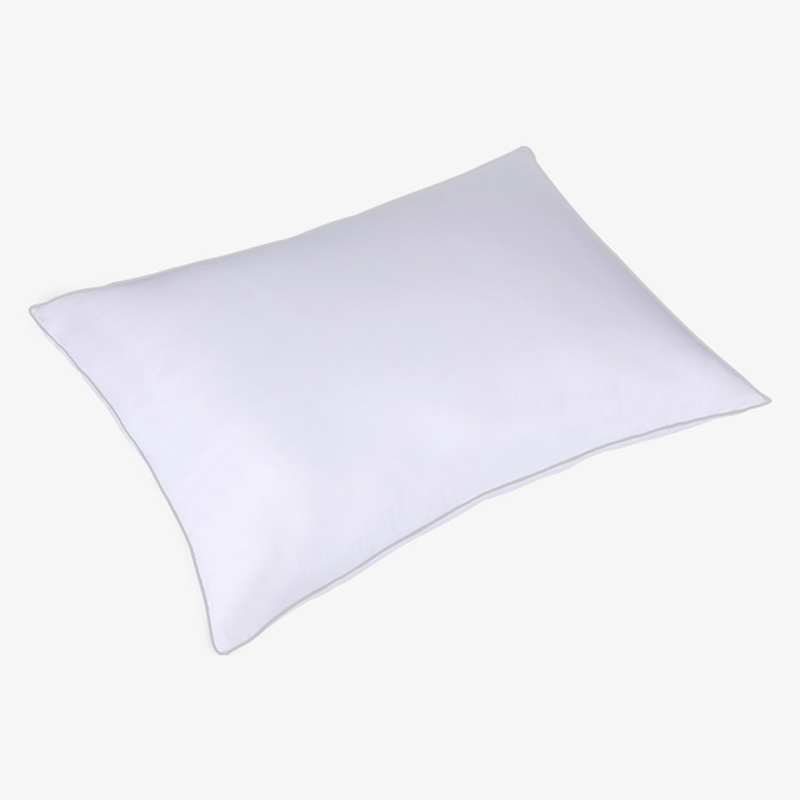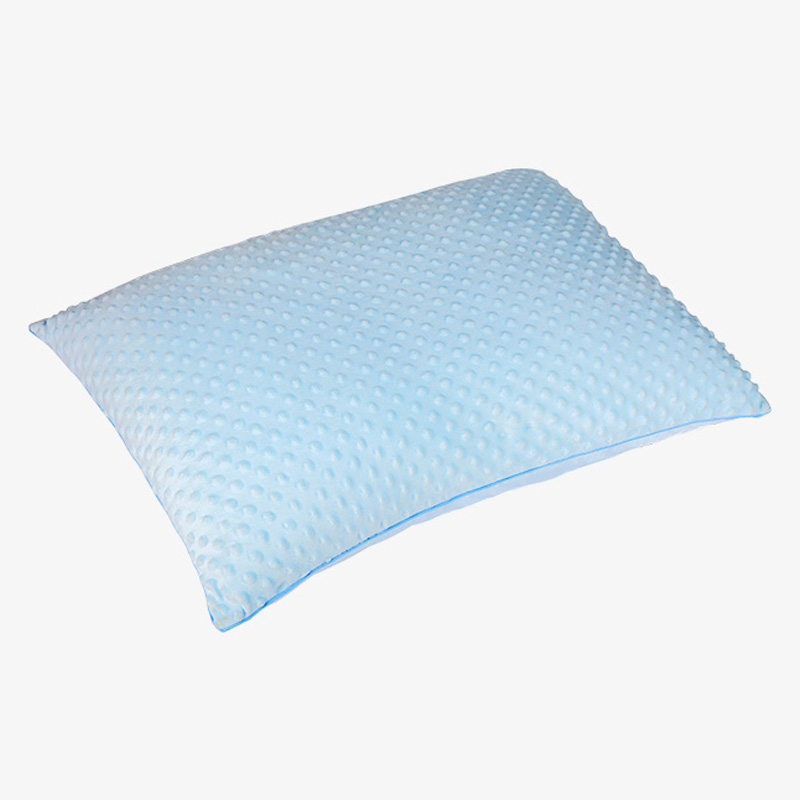Due to its lightness, warmth and breathability, duvet cores have become the first choice for many families to keep warm in winter. However, different climates have a great impact on the use experience of duvets, especially consumers in humid areas often worry about whether duvets will get damp, moldy or affect warmth. So, which climates are suitable for duvet cores? What should be paid attention to when using them in humid areas? This article will explore these issues in depth and provide scientific purchase and maintenance suggestions.
The warmth of duvet cores mainly depends on its unique fluffy structure. Down is composed of countless tiny down flowers, which can lock a large amount of still air and form an insulation layer, thereby effectively blocking the invasion of cold air from the outside and reducing the loss of body heat. The warmth retention performance of down is usually determined by two key indicators: fluffiness and down content. Fluffiness refers to the expansion volume of a certain weight of down under standard conditions. The higher the value, the better the warmth retention. Down content refers to the proportion of down clusters in the down. The higher the down content, the lighter and warmer the quilt core. Because down itself has excellent temperature regulation ability, it is not only suitable for cold areas, but also provides a comfortable sleeping experience in temperate climates.
Down quilt cores perform best in cold and dry environments. The temperature in the north is low in winter and the air humidity is low. The fluffy structure of down can maximize the warmth retention effect, and will not clump or reduce warmth retention due to moisture. Such areas are suitable for choosing down quilt cores with high fluffiness, high down content and large filling volume to ensure sufficient warmth retention. In temperate areas with moderate temperature and humidity, down quilt cores are still a good choice. Its breathability is better than cotton quilts and chemical fiber quilts, and it can effectively regulate body temperature and avoid overheating or overcooling. Such areas are suitable for down quilt cores with moderate fluffiness, down content, and filling volume, which can ensure comfort without excessive warmth.
A humid environment is the biggest challenge facing down quilt cores. Due to the strong hygroscopicity of down, if it is in a high humidity environment for a long time, it may cause the down to become damp and clump, reduce the fluffiness, affect the warmth retention, and even breed mold and produce odor. However, down quilts are not completely unsuitable for humid areas. As long as they are selected and used correctly, you can still enjoy their comfort. When using down quilts in humid areas, it is recommended to choose fabrics with strong moisture resistance, such as high-count and high-density pure cotton or down-proof cloth. Goose down filled down quilts are preferred because the oil content of goose down is higher than that of duck down, and it is naturally more moisture-proof. At the same time, it is necessary to ventilate and dry regularly to avoid long-term storage in humidity. It can be used with a dehumidifier or desiccant during the rainy season.
Down itself has a certain degree of hygroscopicity, but compared with cotton or chemical fiber, it has a stronger ability to remove moisture. High-quality down quilt cores are usually treated with moisture-proof treatment, which can resist moisture to a certain extent. However, if they are in a high humidity environment for a long time and are not maintained, moisture problems may still occur. When purchasing, you should give priority to high-end down quilt cores with water-repellent fabrics, goose down fillings, and antibacterial and mildew-proof treatments. In daily use, you should dry them regularly, once or twice a month, in a ventilated place to dry in the shade or in the sun for a short time, and avoid high temperature exposure to avoid damaging the down. Do not over-compress when storing, keep it fluffy, and match it with a highly hygroscopic sheet or moisture-proof mat to reduce moisture penetration. If the down quilt has been damp, you can put it in a dry and ventilated place to dry naturally, or use a dryer at low temperature mode to dry it, and put in a tennis ball or wool ball to help pat it fluffy. When it is severely damp or moldy, it is recommended to send it to a professional dry cleaner for treatment.
Compared with quilts made of other materials, down quilts are excellent in warmth retention and breathability, but they are not as moisture-proof as silk quilts in humid environments. Silk quilts have stronger moisture absorption and moisture removal capabilities and are suitable for humid climates; wool quilts have certain hygroscopicity, but are slightly heavier than down; cotton quilts and chemical fiber quilts perform poorly in terms of moisture resistance and breathability. Therefore, in the humid areas of the south, if you are worried about the down quilt getting damp, you can choose a silk quilt or strengthen the moisture-proof care of the down quilt.
Down quilts are most suitable for cold and dry areas, and can also provide a good user experience in temperate climates, but moisture-proof measures need to be strengthened in high-humidity areas. Users in humid areas can choose down quilts filled with goose down and high-count down-proof fabrics, ventilate and dry them regularly, and use them with dehumidification equipment. If the area is very humid and the down quilt cannot be cared for frequently, you can consider choosing a silk quilt or wool quilt with stronger moisture absorption as an alternative. As long as you choose reasonably and take good moisture-proof measures, the down quilt core can still provide a comfortable sleeping experience in a variety of climate environments, allowing users to enjoy its lightness and warmth.


 En
En  Français
Français Deutsch
Deutsch عربى
عربى








 +86-18268324012
+86-18268324012 +86-573-88798908
+86-573-88798908 Iris@zjmkn.com
Iris@zjmkn.com 233 Huashi East Road, Wuzhen Town, Tongxiang City, Jiaxing, Zhejiang Province, China
233 Huashi East Road, Wuzhen Town, Tongxiang City, Jiaxing, Zhejiang Province, China
